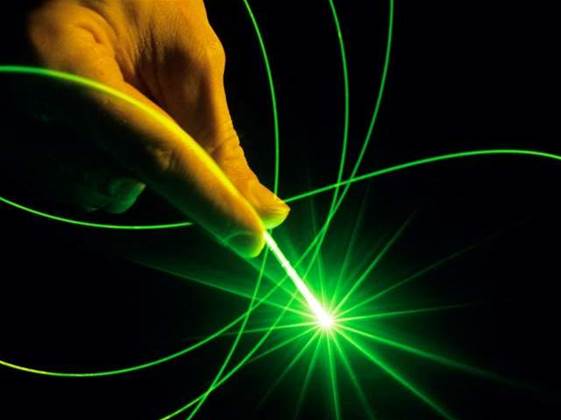
The device can deliver stable short pulses of laser light that are useful for optical applications, including high-speed data transmission, multiple wavelength generation, remote sensing and highly accurate optical clocks.
"This new work is a significant step towards the goal of combining lasers and other key optical components on silicon, providing a way to integrate optical and electronic functions on a single chip and enabling new types of integrated circuits," said the Optical Society report.
"It introduces a more practical technology with lower cost, lower power consumption and more compact devices."
The Society noted that present-day computer technology depends on weak electrical currents for data communication within the silicon-based microprocessor.
By causing silicon to emit light and exhibit other potentially useful optical properties, the integration of photonic devices on silicon becomes possible. The problem in the past was that it was nearly impossible to create a laser in silicon.
However, a research team led by John Bowers at the University of California, Santa Barbara and Intel successfully created laser light from electrical current on silicon by placing a layer of indium phosphide above the silicon.
The scientists used electrically-pumped lasers emitting 40 billion pulses of light per second built on a hybrid silicon platform developed last year.
"This is the first-ever achievement of such a rate in silicon and one that matches the rates produced by other media in standard use today," said the researchers.
"These short pulses are composed of many evenly spaced colours of laser light, which could be separated and each used to transmit different high-speed information, replacing the need for hundreds of lasers with just one.
"Creating optical components in silicon will lead to optoelectronic devices that can increase the amount and speed of data transmission in computer chips while using existing silicon technology."
Employing existing silicon technology is a desirable goal because it would represent a potentially less expensive and easier-to-implement way of mass-producing future-generation devices that use electrons and photons to process information.



_(20).jpg&h=140&w=231&c=1&s=0)
_(22).jpg&h=140&w=231&c=1&s=0)



_(26).jpg&w=100&c=1&s=0)

 iTnews Executive Retreat - Security Leaders Edition
iTnews Executive Retreat - Security Leaders Edition












_(1).jpg&h=140&w=231&c=1&s=0)



